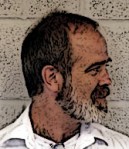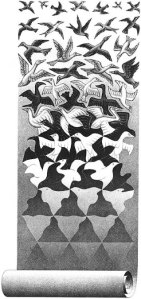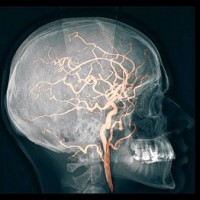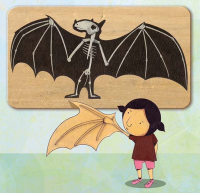Stanislaw Dehaene’s book, Consciousness and the Brain, identifies various kinds of consciousness. It helps to separate the various uses of the words “conscious” and “consciousness”. The kind of consciousness that he has studied and reported in his book has measurable effects. This allows the scientific method to be applied.
After reading Dehaene’s book, I am more convinced that science will eventually fully explain how we hold thoughts in our minds, how we recognize things, form ideas, remember things, process our thoughts, and act on them. To be conscious “of” something – whether it be the presence of a person, a thing, or a fleeting thought – is a form of consciousness that can have a particular signature – physiological markers that demonstrate a telltale change in the brain that coincide with a person reporting on becoming aware of something.
Brain imaging will soon advance to such a degree that we will begin to see signatures of many kinds of thoughts and associate them with outward behaviors and expressions. It it also being used to show that some people who are in a vegetative state are actually aware of what is going on, even if they have no way to express this fact outwardly. So much will be explained. We are at a stage in brain research where consciousness is becoming recognized as a measurable physical phenomenon. It is making its way into the domain of experimental science. Does this mean that consciousness will soon no longer be a subject of philosophy?
Qualia
There is one kind of consciousness which we may never be able to directly measure. And that is the subjective feeling of being alive, of being “me”, and experiencing a self. It is entirely private. Daniel Dennett suggests that these subjective feelings, which are referred to as “qualia”, are ineffable: they cannot be communicated, or apprehended by any other means than one’s own direct experience.
This would imply that the deepest and most personal form of consciousness is something that we will never be able to fully understand; it is forever inaccessible to objective observation.
On the other hand, the fact that I can write these words and that you can (hopefully) understand them means that we probably have similar sensations in terms of private consciousness. The vast literature on personal consciousness experience implies a shared experience. But of course it is shared: human brains are very similar to each other (my brain is more similar to your brain than it is to a galaxy, or a tree, or the brain of a chicken or the brain of a chimp). The aggregate of all reports of this inaccessible subjective state constitutes a kind of objective truth – indirect and fuzzy, sure – but nonetheless a source for scientific study.
So I’d like to offer a possible scenario that could unfold over the next several decades. What if brain scientists continue to map out more and more states of mind, gathering more accurate and precise signatures of conscious thoughts. As more scientific data and theories accumulate to explain the measurable effects of consciousness in the brain, we may begin to relegate the most private inexpressible aspects of qualia to an increasingly-smaller status. Neuroscience will enable more precise language to describe subtle private experiences that we have all experienced but may not have had a clear way to express. Science will nibble away at the edges.
An evolved illusion
And here’s an idea that I find hard to internalize, but am beginning to believe:
It’s all an illusion.
…because self is an illusion; a theatre concocted by the evolving brain to help animals become more effective at surviving in the world; to improve their ability to participate in biosemiosis. Throughout evolution, the boundary between an organism’s body and the rest of the world has complexified out of necessity as other organisms complexify themselves – this includes social structures and extended phenotypes. Also, the more autonomous the organisms of an evolving species become, the more self is needed to drive that autonomy.
The idea that we are living in an illusion is gaining ground, as explored in an article called: “The Evolutionary Argument Against Reality“.
Feelings are created by the body/brain as it interacts with the world, with thoughts generated in the brain, and with chemicals that ebb and flow in our bodies. The feeling of consciousness might be just that: a feeling – a sensation – like so many other sensations. Perhaps it was invented by the evolving brain to make it more of a personal matter. The problem is: being so personal is what makes it so difficult to relegate to the status of mere illusion.



 “There is the dead, pointless, uncaring world and its rules, and the living, striving, feeling world and its rules, and the two seem to be working in quite contradictory ways. Because the spontaneous order generation that is so characteristic of life and mind runs counter to this otherwise exceptionless current of nature, it demands that we take seriously the possibility that our usual forms of explanation might be inadequate. When unrealized future possibilities appear to be the organizers of antecedent processes that tend to bring them into existence, it forces us to look more deeply into the ways we conceive of causality and worry that we might be missing something important.”
“There is the dead, pointless, uncaring world and its rules, and the living, striving, feeling world and its rules, and the two seem to be working in quite contradictory ways. Because the spontaneous order generation that is so characteristic of life and mind runs counter to this otherwise exceptionless current of nature, it demands that we take seriously the possibility that our usual forms of explanation might be inadequate. When unrealized future possibilities appear to be the organizers of antecedent processes that tend to bring them into existence, it forces us to look more deeply into the ways we conceive of causality and worry that we might be missing something important.”




